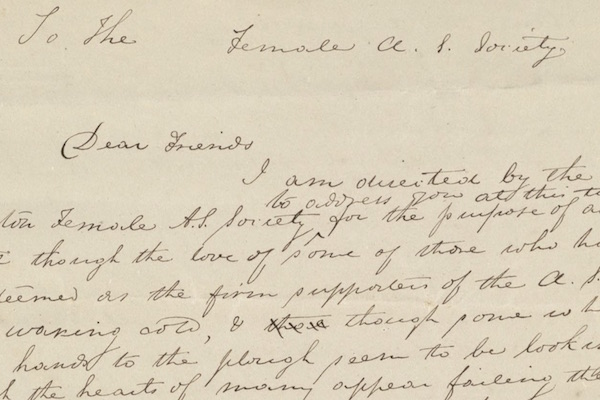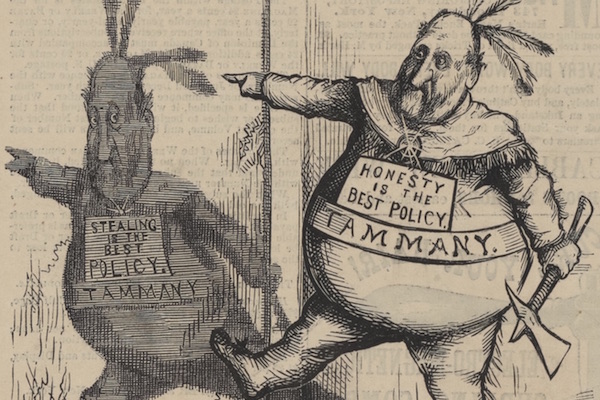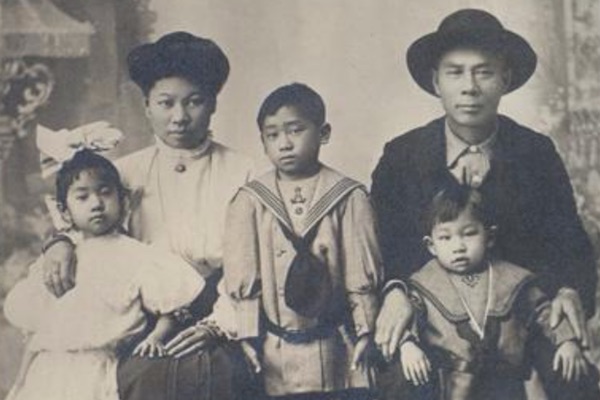During the late 1800s and early 1900s, the Temperance Movement fought to reduce consumption of alcohol. The movement began in the 1820s, rooted in Protestant churches, led by clergy and prominent laymen, and powered by women volunteers. More women were involved in temperance than any other cause in US history up to that point. Women’s involvement seemed natural since the movement targeted men’s alcohol abuse and how it harmed women and children. At first, the Temperance Movement sought to moderate drinking, then to promote resisting the temptation to drink. Later, the goal became outright prohibition of alcohol sales. This shift coincided with a large wave of immigrants from Southern, Central, and Eastern Europe, and some temperance advocates echoed the concerns of nativists as they objected to immigrants’ “wet” cultures and drinking customs. In addition, temperance advocates regarded urban saloons as hosts to a range of immoral behaviors beyond drunkenness, such as gambling, adultery, prostitution, profanity, and corruption.
Women rose to leadership roles with the founding of the national Woman's Christian Temperance Union (WCTU) in 1874. Temperance became known as the “Woman’s Crusade,” and women staged peaceful demonstrations of prayer at businesses that served alcohol. These methods reflected the gentle moral guidance expected from women of the era. Later, the Temperance Movement changed its goals and tactics, and it became a powerful political force which sought to prohibit alcohol entirely. Carrie (or Carry) Nation, a radical temperance advocate, gained both support and notoriety through raiding saloons and using a hatchet to smash their liquor bottles. In the 1890s, the Anti-Saloon League rose to prominence as an influential prohibition lobby, using methods from business and government rather than the church. The League fueled the passage of the Eighteenth Amendment, or Prohibition, in 1920, which banned production and consumption of alcohol nationwide until 1933, when it was repealed by the Twenty-First Amendment. While the movement aligned itself with privileged white femininity, many women who participated in the Temperance Movement also contributed to other forms of social activism, such as abolition, women’s suffrage, and equal rights for women and people of color.



















































